Real Arterial Bleed
Keep in mind, this is a large vein, and not an artery However, the bleeding is still quite brisk and if uncontrolled would be deadly If it had been arterial, the blood would be a brighter red in color and would spurt from the wound, and would be more difficult to control.

Real arterial bleed. Bleeding AV Access Background Most often occurs at dialysis center after fistula site is accessed Presents as punctate bleed overlying fistula Can be slow oozing bleed from uremia or highpressure bleed similar to arterial bleed Slow oozing bleed is less common in ED as hemostasis is often achieved at dialysis center Ask the patient what. Once again, I’ll frame the discussion with a real patient The 80yearold female featured in the video below fainted and hit her forehead She sustained a short, but deep, forehead laceration After anesthetizing, irrigating, and exploring the laceration, I discovered a troublesome little arterial bleed within the wound. The causes of rectal bleeding can vary from common and mild conditions to more severe and rare conditions that need immediate medical treatment Causes of rectal bleeding can include Hemorrhoids The most common cause of rectal bleeding, hemorrhoids are swollen veins in the rectum (internal hemorrhoids) or the anus (external hemorrhoids).
What is an arteriovenous malformation (AVM)?. 241, (95 % CI¼125–356) and 040, (95 % CI¼017–074) events/100. Renal artery stenosis is a narrowing of arteries that carry blood to one or both of the kidneysMost often seen in older people with atherosclerosis (hardening of the arteries), renal artery.
The Field Expedient Bleeding Simulation System will show your Medics/First Responders what an actual arterial, venous, and capillary bleed looks like on a REAL PERSON It will also demonstrate what a blood soaked dressing looks like Medics/First Responders can also tighten a tourniquet and SEE the bleeding stop!. Arterial bleeding As the name suggests, blood flow originating in an artery With this type of bleeding, the blood is typically bright red to yellowish in colour, due to the high degree of oxygenation Blood typically exits the wound in spurts, rather than in a steady flow;. An arteriovenous malformation (AVM) is an abnormal tangle of blood vessels connecting arteries and veins, which disrupts normal blood flow and oxygen circulation Arteries are responsible for taking oxygenrich blood from the heart to the brain Veins carry the oxygendepleted blood back to the lungs and heart.
Approach to arterial bleeding in upper extremity Life over limb Get control of the bleeding and if needed focus on other more pressing injuries Start resuscitation if needed;. Bleeding complications associated with rivaroxaban was addressed in a metaanalysis of 9 studies involving 51,533 patients in real world It showed the mean pooled rates of any major bleeding, major GI bleeding or ICH with rivaroxaban were 332, (95 % CI¼228–425);. There is no bleeding in the extremity that you can’t stop with manual compression If you can’t spare a person to compress artery then consider a tourniquet.
In fact, in many institutions, TAE is now the firstline intervention for massive arterial bleeding from the upper GI tract that is resistant to endoscopic therapy 17 Arterial embolization in the upper GI tract above the ligament of Treitz is generally considered to be very safe because of the rich collateral supply to the stomach and. The goal is to have the appropriate equipment readily available for the general public to take immediate action, because if someone, for example, severs a femoral artery – which is the major artery in the leg – they can bleed out in as little as three minutes. An arteriovenous malformation (AVM) is an abnormal tangle of blood vessels connecting arteries and veins, which disrupts normal blood flow and oxygen circulation Arteries are responsible for taking oxygenrich blood from the heart to the brain Veins carry the oxygendepleted blood back to the lungs and heart.
Introduction The incidence of vascular complications during diagnostic coronary angiography is 044–18% and can affect up to 4% of percutaneous coronary intervention (PCI) procedures 1,2 The common femoral artery (CFA) is the optimal site for punctures, as this is relatively large and can accommodate larger sheath sizes 3 Access site complications are reduced when the puncture is located. Arterial With this type of bleeding, the blood is typically bright red to yellowish in colour, due to the high degree of oxygenation A wound to a major artery could result in blood ‘spurting’ in time with the heartbeat, several meters and the blood volume will rapidly reduce. Bleeding in the brain (hemorrhage) An AVM puts extreme pressure on the walls of the affected arteries and veins, causing them to become thin or weak This may result in the AVM rupturing and bleeding into the brain (a hemorrhage) This risk of a brain AVM bleeding ranges around 2 percent each year.
“The theoretical risks of PPIs need to be weighed against the real risk of bleeding,” says Kurlander, who also cares for patients at the VA Ann Arbor Health Care System “In patients at high risk for bleeding, like those on warfarin and aspirin, the benefits of PPIs for prevention generally outweigh the risks. The goal is to have the appropriate equipment readily available for the general public to take immediate action, because if someone, for example, severs a femoral artery – which is the major artery in the leg – they can bleed out in as little as three minutes. Bleeding and vascular complications were the most common noncardiac, procedurerelated adverse outcomes of the estimated 1,178,000 percutaneous coronary interventions (PCIs) performed in 07 1,2 While it is not surprising that adverse vascular events are associated with a procedure that begins via puncture of an artery, the number and type.
Arterial doppler An arterial doppler test is done to check blood flow through an artery A small metal disc with gel on it is placed on your skin over the artery You can hear a "whooshing" sound when the blood is flowing through the artery An "X" may be marked on your skin where healthcare providers feel or hear the blood flowing best. The bleeding artery is embolized by haemostatic substances such as metal coils, oxidized cellulose, gel foam, or polyvinyl alcohol Bleeding can also be controlled by selective infusion of vasopressin into the local circulation via the left gastric artery as adjunct for nonoperative management of upper GI bleeding 38. If an artery is the target, the artery is incompletely transacted Completely transacted arteries go into vasospasm and retract into their perivascular sheaths which markedly reduces bleeding and even stopping bleeding all together in the case of smaller vessels.
In fact, in many institutions, TAE is now the firstline intervention for massive arterial bleeding from the upper GI tract that is resistant to endoscopic therapy 17 Arterial embolization in the upper GI tract above the ligament of Treitz is generally considered to be very safe because of the rich collateral supply to the stomach and. And let me end this with a public service announcement If you completely cut thought an artery, the body will restrict (suck up) that artery and stop the bleeding itself The key to killing yourself is to only partially cut an artery That way, you will bleed and bleed and the artery won't be able to constrict itself good luck!. The arterial bleed is also not under much pressure so It could easily be controlled by direct pressure Not all arterial bleeds are catastrophic This video of Cedric Gracia was captured as he came off his bike, impaling a brake lever into his groin and puncturing his femoral vein.
An arterial duplex scan is an ultrasound used to check inside arteries The scan helps make sure the leak is sealed and the injection did not cause artery damage Surgery may be used to repair the leak Your healthcare provider may stitch the artery leak closed, or he may place a patch to seal it. Bleeding should be reported using more than one bleeding scale, 14 one of which should be the BARC bleeding definition 15 Bleeding as an outcome measure in trials Bleeding is an important predefined endpoint of all trials and registries of ACS and PCI, possibly of equal importance to events related to ischaemia and thrombosis. We retrospectively investigated outcomes of emergency TAE for the management of lifethreatening haemorrhage in patients with uncorrected bleeding diathesis This multicenter, retrospective, study, was designed to investigate the safety and efficacy of percutaneous TAE for the management of lifethreatening haemorrhage in patients with uncorrected bleeding disorder at the time of embolization.
INTRODUCTION Since the first embolization of a bleeding gastric ulcer with an autologous blood clot in 1972, emergency transarterial embolization has become a pivotal treatment option in the setting of acute arterial bleeding 1, 2 In the last decades, considerable improvements of catheters as well as embolization agents made transarterial embolization of bleeding sites in virtually every. INTRODUCTION Since the first embolization of a bleeding gastric ulcer with an autologous blood clot in 1972, emergency transarterial embolization has become a pivotal treatment option in the setting of acute arterial bleeding 1, 2 In the last decades, considerable improvements of catheters as well as embolization agents made transarterial embolization of bleeding sites in virtually every. An arteriovenous malformation (AVM) is a congenital disorder (present from birth) characterized by a complex, tangled web of arteries and veins in which there is a short circuit and high pressure due to arterial blood flowing rapidly in the veins An AVM may occur in the brain, brainstem or spinal cord The most common symptoms of an AVM include.
Arterial blood, therefore, appears a brighter red than deoxygenated venous blood Blood gets its color from red blood cells called hemoglobin, to which oxygen binds Ninetyseven percent of the oxygen transported by the blood from the lungs is carried by hemoglobin Besides carrying oxygen around the body, hemoglobin helps remove carbon dioxide. What is an Arterial Catheter?. The blood spurts out in time with the heartbeat.
Bleeding AV Access Background Most often occurs at dialysis center after fistula site is accessed Presents as punctate bleed overlying fistula Can be slow oozing bleed from uremia or highpressure bleed similar to arterial bleed Slow oozing bleed is less common in ED as hemostasis is often achieved at dialysis center Ask the patient what. The goal is to have the appropriate equipment readily available for the general public to take immediate action, because if someone, for example, severs a femoral artery – which is the major artery in the leg – they can bleed out in as little as three minutes. The bleeding artery is embolized by haemostatic substances such as metal coils, oxidized cellulose, gel foam, or polyvinyl alcohol Bleeding can also be controlled by selective infusion of vasopressin into the local circulation via the left gastric artery as adjunct for nonoperative management of upper GI bleeding 38.
1 Elevate the wound above the heart and apply firm pressure with a clean compress (such as a clean, heavy gauze pad, 2 When the bleeding slows or stops, tie the pad firmly in place with gauze strips, a necktie, strips of sheet, or a. The Field Expedient Bleeding Simulation System will show your Medics/First Responders what an actual arterial, venous, and capillary bleed looks like on a REAL PERSON It will also demonstrate what a blood soaked dressing looks like Medics/First Responders can also tighten a tourniquet and SEE the bleeding stop!. In Doug’s case, I recommended a CT coronary angiogram, which is an xray test that directly evaluates the heart arteries to assess for blockages Doug’s study showed a highly narrowed artery in his heart Importantly, this artery was a minor one that provided blood to a relatively small area of his heart.
“The theoretical risks of PPIs need to be weighed against the real risk of bleeding,” says Kurlander, who also cares for patients at the VA Ann Arbor Health Care System “In patients at high risk for bleeding, like those on warfarin and aspirin, the benefits of PPIs for prevention generally outweigh the risks. Free bleeding has been around for centuries Although periods aren’t mentioned a lot in historical texts, people in 17thcentury England would either freebleed, use rags to soak up the blood. The incidences of MACEplus and bleeding events were similar between the pirfenidone and placebo groups (18% and 29% for MACEplus events and 37% and 43% for bleeding events, respectively) Except for patients receiving heparin, pirfenidone had a beneficial effect compared with placebo on efficacy outcomes regardless of concomitant CV.
Bleeding happens as the result of trauma to a blood vessel A head injury is any trauma to your scalp, skull, or brain Head injuries can range in severity from a mild bump on your head to a serious brain injury Arteries transport the oxygen and nutrientrich blood from your heart to the rest of your body, including your head The cells. An arterial catheter, Arterial line or artline, or aline, is a thin catheter or a small thin plastic tube inserted into an arteryIt is most commonly used in intensive care medicine and anesthesia to constantly monitor the blood pressure realtime (rather than by intermittent measurement), and to obtain samples for general blood tests and for arterial blood gas. As arterial bleeding is pumped directly from the heart to the rest of the body, this type of bleeding has a few distinctions The blood is bright red in color due to its high oxygen concentration The blood tends to spurt due to the heart pumping it to the wound The pressure is higher than other.
1 Bleeding The femoral artery is a large‐caliber vessel with diameter ranging from 8 to 9 mm in normal adults which accommodate large sheaths 6, 46 The femoral artery enters the retroperitoneal space before joining the iliac artery If the arteriotomy site is too high, this may lead to a retroperitoneal hematoma. Arterial bleeding is the most serious type of bleed This involves the arteries and blood will spurt out from the damaged artery This injury will not likely clot and large amounts of blood can be. The Field Expedient Bleeding Simulation System will show your Medics/First Responders what an actual arterial, venous, and capillary bleed looks like on a REAL PERSON It will also demonstrate what a blood soaked dressing looks like Medics/First Responders can also tighten a tourniquet and SEE the bleeding stop!.
If the bleeding is near a leg, press and hold against the femoral artery in the groin, where the leg bends at the hip If the bleeding is near an arm, press and hold against the brachial artery, along the inside of the upper arm. Bleeding AV Access Background Most often occurs at dialysis center after fistula site is accessed Presents as punctate bleed overlying fistula Can be slow oozing bleed from uremia or highpressure bleed similar to arterial bleed Slow oozing bleed is less common in ED as hemostasis is often achieved at dialysis center Ask the patient what. Renal artery stenosis is a narrowing of arteries that carry blood to one or both of the kidneysMost often seen in older people with atherosclerosis (hardening of the arteries), renal artery.
As mentioned in the previous video, arterial bleeding is the most serious form of bleeding as arteries are under high pressure If arteries are damaged and bleeding internally, a patient may bleed out quickly without any sign of external hemorrhage and can die This makes recognizing internal hemorrhage tricky. Bleeding complication Blood loss at the site of arterial or venous access, or due to perforation of a traversed artery or vein requiring transfusion and/or prolonging the hospital stay,. Arterial bleeding is the most severe and urgent type of bleeding It can occur due to a penetrating injury, blunt trauma, or from damage to organs or blood vessels As arterial bleeding is pumped directly from the heart to the rest of the body, this type of bleeding has a few distinctions.
Bleeding and vascular complications were the most common noncardiac, procedurerelated adverse outcomes of the estimated 1,178,000 percutaneous coronary interventions (PCIs) performed in 07 1,2 While it is not surprising that adverse vascular events are associated with a procedure that begins via puncture of an artery, the number and type. Faster than you can get a trauma surgeon qualified to treat a severed artery There are numbois complications that go along that path It would be hard to just cut the carotid due to the anatomy of the neck If it was cut latterly direct pressure. The gonadal arteries are the paired primary vascular supply to the ovaries in the female and the testes in the male As the anatomy of the gonadal arteries differs substantially between the sexes, they are covered separately ovarian arteries t.
Despite the clear net clinical benefit of oral anticoagulation for stroke prevention in patients with atrial fibrillation (AF), the occurrence of major bleeding events may be devastating The HASBLED (hypertension, abnormal renal/liver function, stroke, bleeding history or predisposition, labile international normalized ratio, elderly, drugs/alcohol concomitantly) bleeding risk score was. Arterial With this type of bleeding, the blood is typically bright red to yellowish in colour, due to the high degree of oxygenation A wound to a major artery could result in blood ‘spurting’ in time with the heartbeat, several meters and the blood volume will rapidly reduce. An arterial duplex scan is an ultrasound used to check inside arteries The scan helps make sure the leak is sealed and the injection did not cause artery damage Surgery may be used to repair the leak Your healthcare provider may stitch the artery leak closed, or he may place a patch to seal it.
Bleeding in spurts of bright red blood from an artery Emergency Care Arterial bleeding may be controlled by applying pressure with the fingers at the nearest pressure point between it and the heart The artery is located and digital pressure is applied above it until bleeding stops or until the artery is ligated or repaired. What is an Arterial Catheter?. An arterial duplex scan is an ultrasound used to check inside arteries The scan helps make sure the leak is sealed and the injection did not cause artery damage Surgery may be used to repair the leak Your healthcare provider may stitch the artery leak closed, or he may place a patch to seal it.
Arterial blood is the oxygenated blood in the circulatory system found in the pulmonary vein, the left chambers of the heart, and in the arteries It is bright red in color, while venous blood is dark red in color (but looks purple through the translucent skin) It is the contralateral term to venous blood Framed in the cardiac cycle, often historically accredited to the Wiggers diagram. An arterial catheter, Arterial line or artline, or aline, is a thin catheter or a small thin plastic tube inserted into an arteryIt is most commonly used in intensive care medicine and anesthesia to constantly monitor the blood pressure realtime (rather than by intermittent measurement), and to obtain samples for general blood tests and for arterial blood gas.

Successful Hemostasis Of Arterial Bleeding In Chronic Pseudocyst By Direct Endoscopic Injection Of N Butyl 2 Cyanoacrylate In The Pseudoaneurysm Gastrointestinal Endoscopy

Bleeding Av Access Rush Emergency Medicine
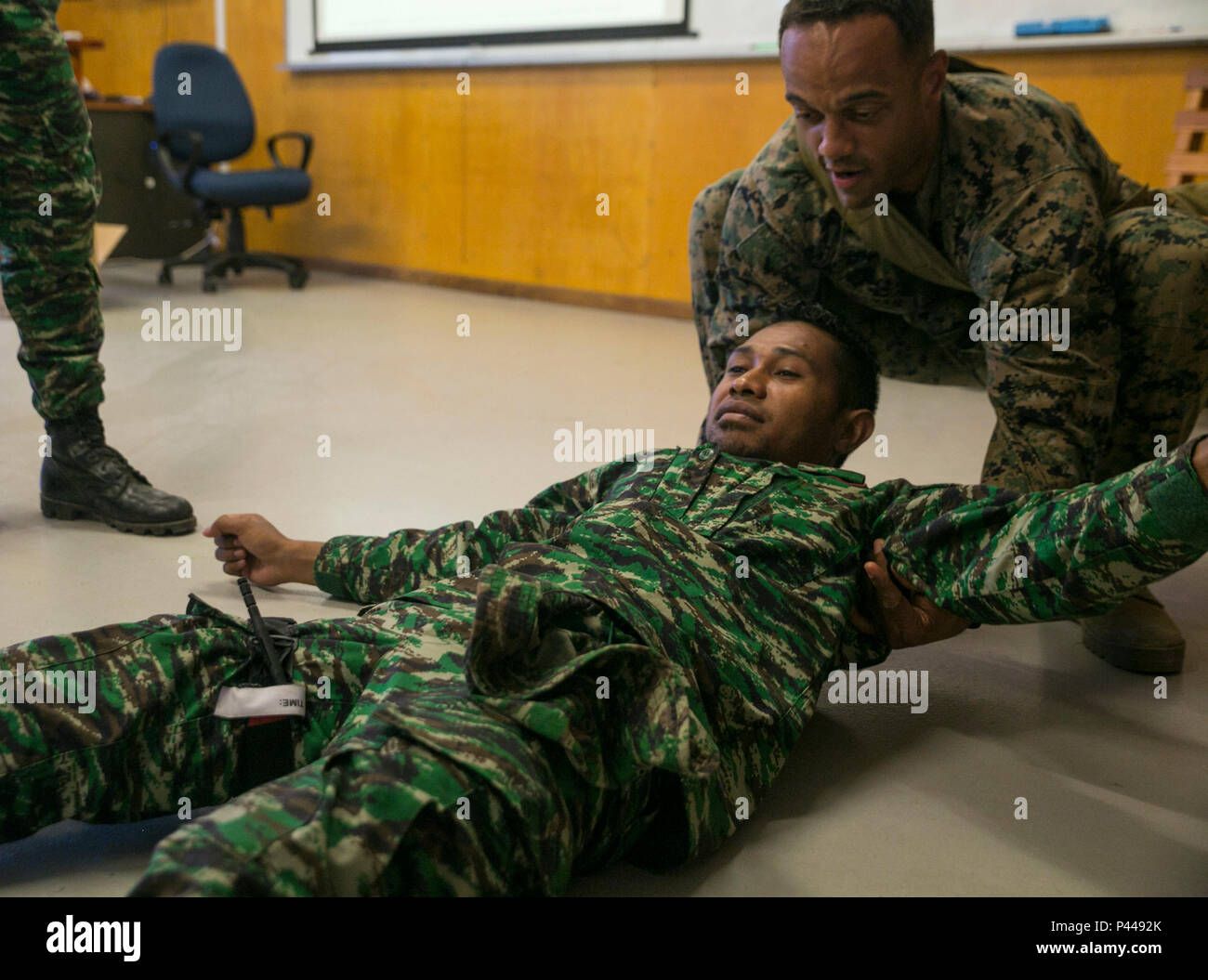
Arterial Bleeding High Resolution Stock Photography And Images Alamy
Real Arterial Bleed のギャラリー
Q Tbn And9gcr7emr Vrevjt9egnxwlhhf2xpn Xzqvkedfvdg7cypoidq2tma Usqp Cau

Perioperative Endoscopic View Of Arterial Bleeding In The Prostatic Download Scientific Diagram

Clamping And Ligating An Arterial Bleed Youtube

Arterial Bleeding Red Cross Tourniquet

Last Week 28 Yrs Male Patient Came To Pulse Multispeciality Hospital Casualty With Right Forearm Cut Injury And Hypotension Bp 80 Systolic Because Of Profuse Arterial Bleeding Patient Was Rescuscitated In Icu And

Bleeding Stock Illustration Download Image Now Istock
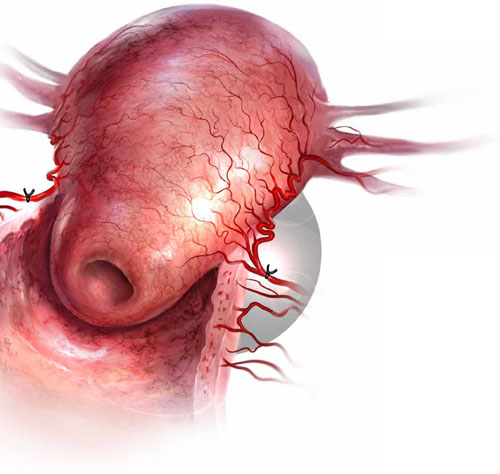
Postpartum Hemorrhage 11 Critical Questions Answered By An Expert Mdedge Obgyn

Set 4 Bleeding Internal Injuries Flashcards Quizlet

3 Different Types Of Bleeding And How To Control Them Green Guard

Endoscopic Management Of Active Arterial Bleeding Download Scientific Diagram

Arterial Bleeding High Res Stock Images Shutterstock

Arterial Bleeding Department Of Emergency Medicine Saint John

Arterial Bleeding Department Of Emergency Medicine Saint John

Arterial Bleeding Department Of Emergency Medicine Saint John

Emergency Bleeding Injuries Today

Vector Illustration Of A Arterial And Venous Bleeding Stock Vector Image Art Alamy

Vein Artery Rupture Cut Blood Hemorrhage Internal Bleeding Stock Photo Picture And Royalty Free Image Image

Trauma Basics Catastrophic Haemorrhage Real First Aid
:max_bytes(150000):strip_icc()/Bleeding013_400x300-56a2f3ed3df78cf7727b46bb.jpg)
How To Stop Bleeding In An Emergency

Bleeding To Death Am I At Risk And How Can I Stop It

Arterial Bleeding Department Of Emergency Medicine Saint John

What Are The Different Types Of Bleeding In First Aid First Aid For Free

All Bleeding Eventually Stops The Prepper Journal

Arterial And Venous Bleeding Stock Vector Illustration Of Circulation Professional

A Intraoperative View Of Arterial Bleed From The Left Anterior Download Scientific Diagram

Arterial Bleed Google Search How To Apply How To Remove Medical
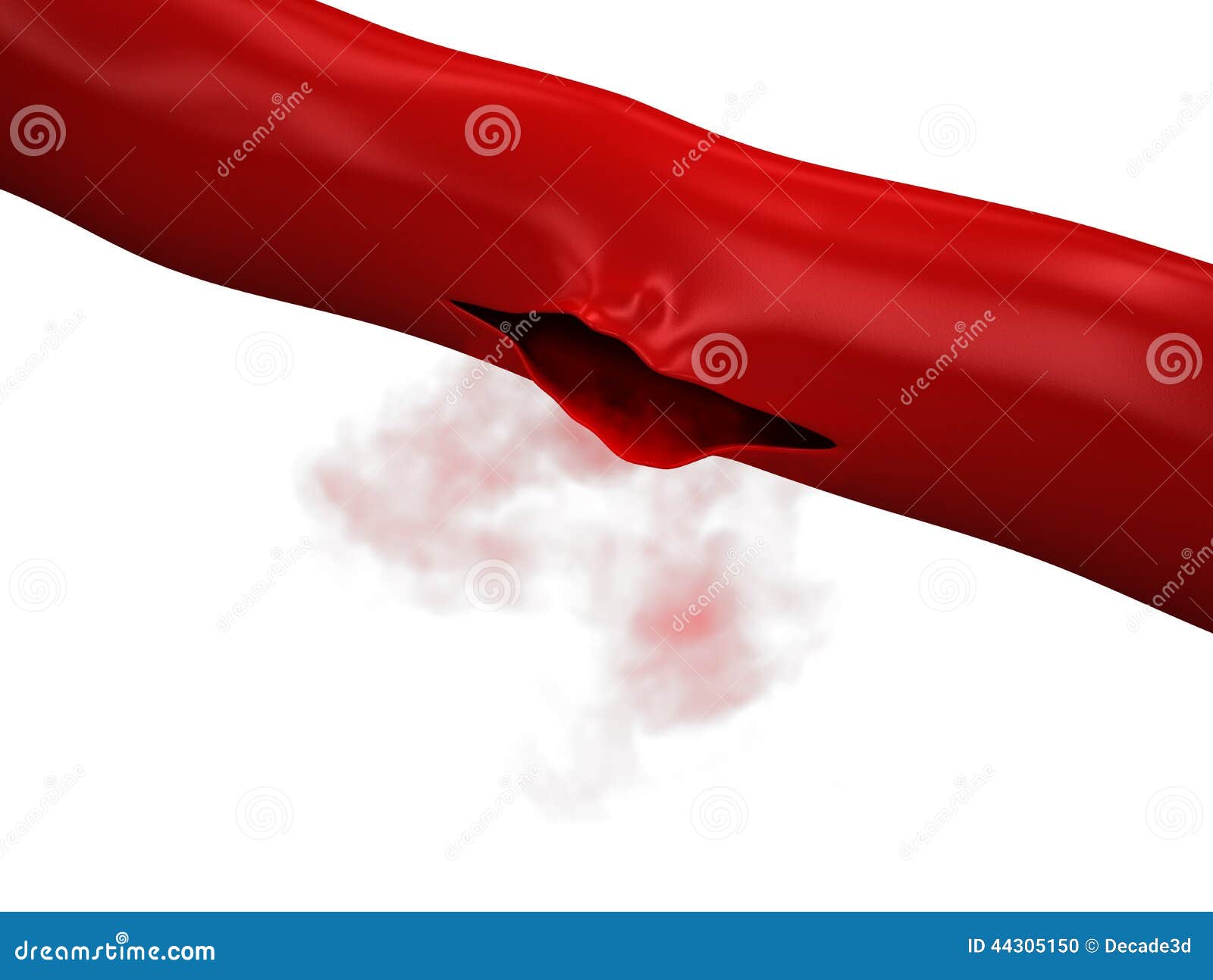
Artery Bleeding Stock Illustrations 805 Artery Bleeding Stock Illustrations Vectors Clipart Dreamstime

Diagnostic Laparoscopy Identification Of Active Arterial Bleeding By Download Scientific Diagram

Types Of Bleeding Capillary Venous And Arterial Bleeding Royalty Free Cliparts Vectors And Stock Illustration Image

Arterial Bleed On Make A Gif

Emergency Bleeding Control Wikipedia
Q Tbn And9gcr7emr Vrevjt9egnxwlhhf2xpn Xzqvkedfvdg7cypoidq2tma Usqp Cau

Arterial Bleeding Department Of Emergency Medicine Saint John

Full Text Floor Of The Mouth Hemorrhage Subsequent To Dental Implant Placement I Ccide

The Three Types Of Bleeding And How To Stop Them

Arterial Bleeding Training Bleeding Control Video Profirstaid

Femoral Bleeding With Disclaimer Youtube

Trauma Care And Hemorrhage Control Online Presentation

Intracerebral Hemorrhage Ich

Arterial Bleeding Youtube

Bleeding Control Course Stop The Bleed By Real Response

Arterial Venous Bleeding Stock Vector Royalty Free

Why Does Blood Spurt Out Of A Cut Artery But Not A Cut Vein Quora

Stop Arterial Bleeding Advanced Bleeding Workshop International Paramedic College
I Got An Arterial Bleed And Literally Doused My T Shirt In Blood Lucky I Had Got This In The Mail Just Hours Before Being Able To Wear This T Shirt With My Cut
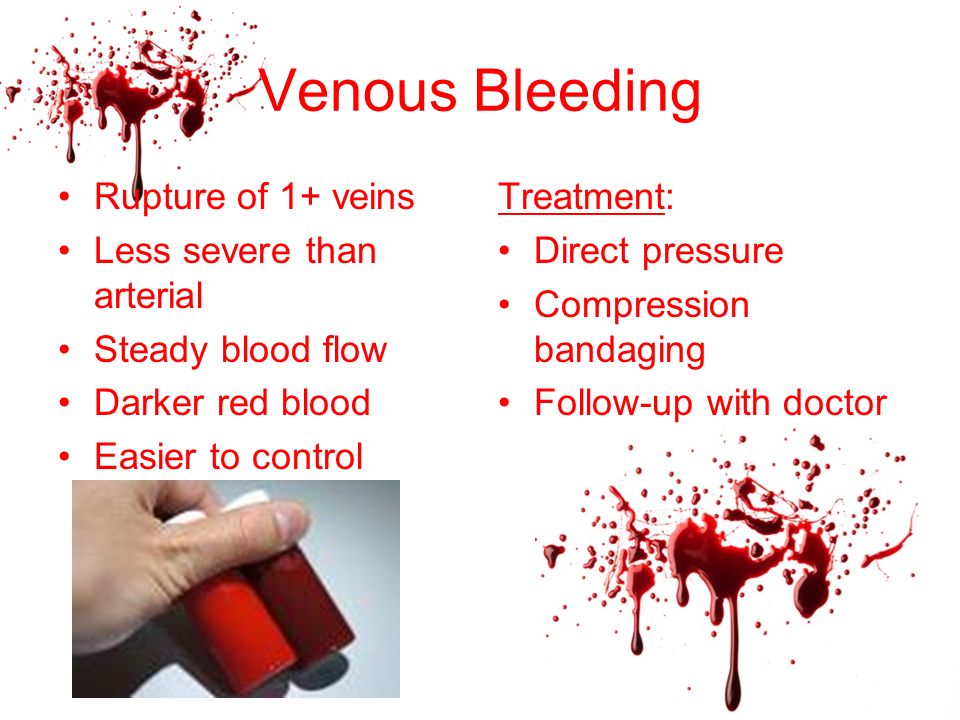
Bleeding And Shock Obj I Will Identify Types Of Bleeding Ppt Video Online Download
Arterial Bleeding High Res Stock Images Shutterstock

Surestop Xtra Femoral Injury Stop Bleeding Youtube

A Hydrogel That Can Stop Bleeding From An Artery Tech Explorist

Pdf Pulsatile Arterial Bleed From Uretero Vesical Junction Following Placement Of A Double J Stent An Endo Urology Nightmare Semantic Scholar
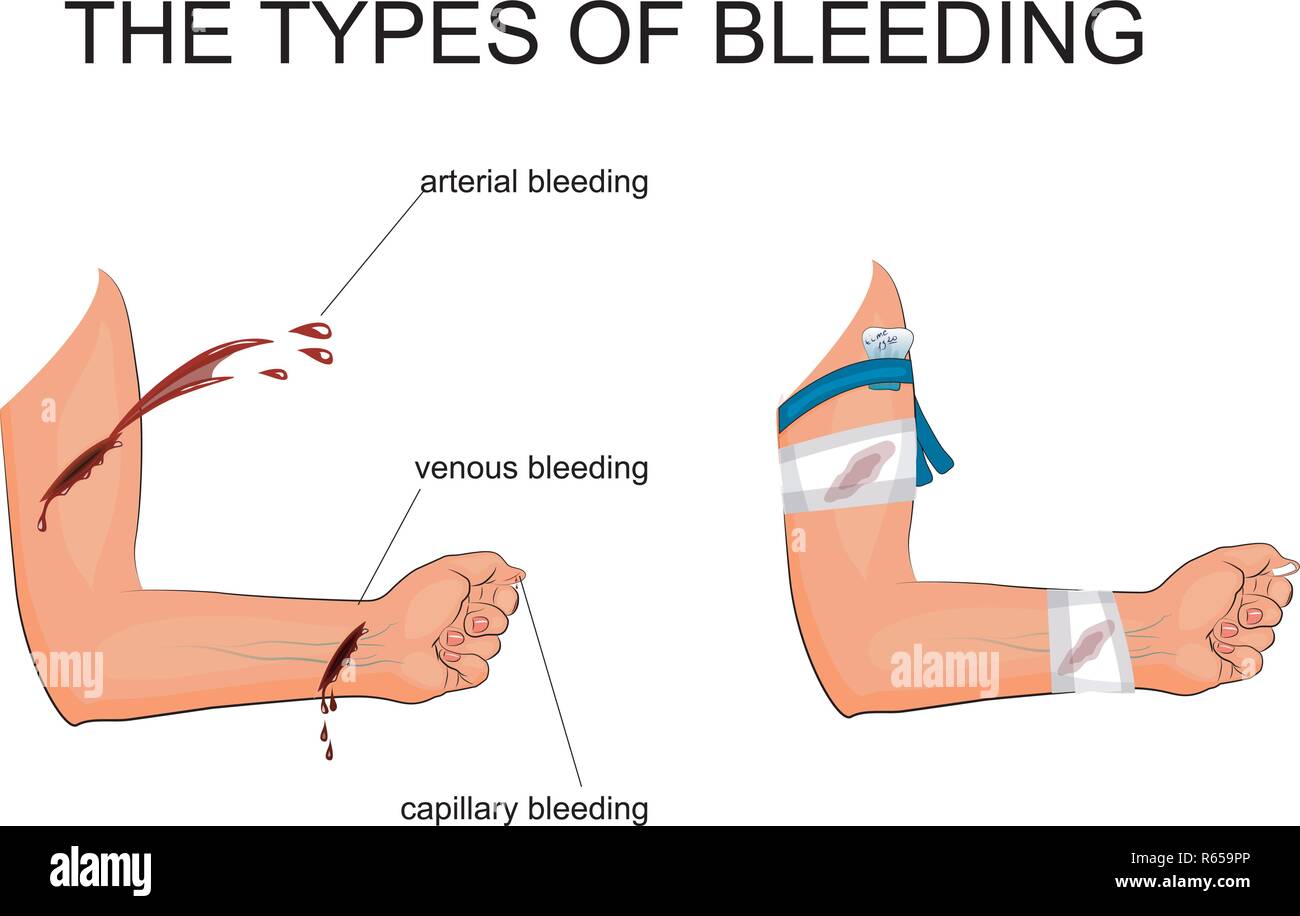
Illustration Of Hand With The Types Of Bleeding The Imposition Of Hemostatic Tourniquet And A Pressure Bandage Stock Vector Image Art Alamy

Arterial Hemorrhage Images Stock Photos Vectors Shutterstock

Medictests Com There Are 3 Types Of Bleeding Arterial Venous And Capillary Arterial And Venous Bleeding Can Occur Both Internally And Externally Capillary Bleeding Will Be Seen Externally With The Exception Of

How To Stop Bleeding Asb

Post Emr Arterial Bleeding Youtube

Arterial Hemorrhage Images Stock Photos Vectors Shutterstock

How To Stop Bleeding
:max_bytes(150000):strip_icc()/Bleeding012_400x300-56a2f3ed3df78cf7727b46b8.jpg)
How To Stop Bleeding In An Emergency
:max_bytes(150000):strip_icc()/Bleeding018_400x300-56a2f3ea5f9b58b7d0cfd9fe.jpg)
How To Stop Bleeding In An Emergency

Fmp Research Fake Blood Natalie S 3rd Year Blog

Top 5 First Aid Tricks Everyone Should Know Part 1 Direct Pressure

Trauma Basics Catastrophic Haemorrhage Real First Aid

Lecture 33 Chapter 25 Flashcards Quizlet

Torrential Bleeding During Guided Sclerotherapy Three Weeks After Download Scientific Diagram

St John Guide To First Aid For Bleeding

How To Stop Arterial Bleeding Vice Video Documentaries Films News Videos

How To Tell The Difference Between A Venous And Arterial Bleed Mycpr Now
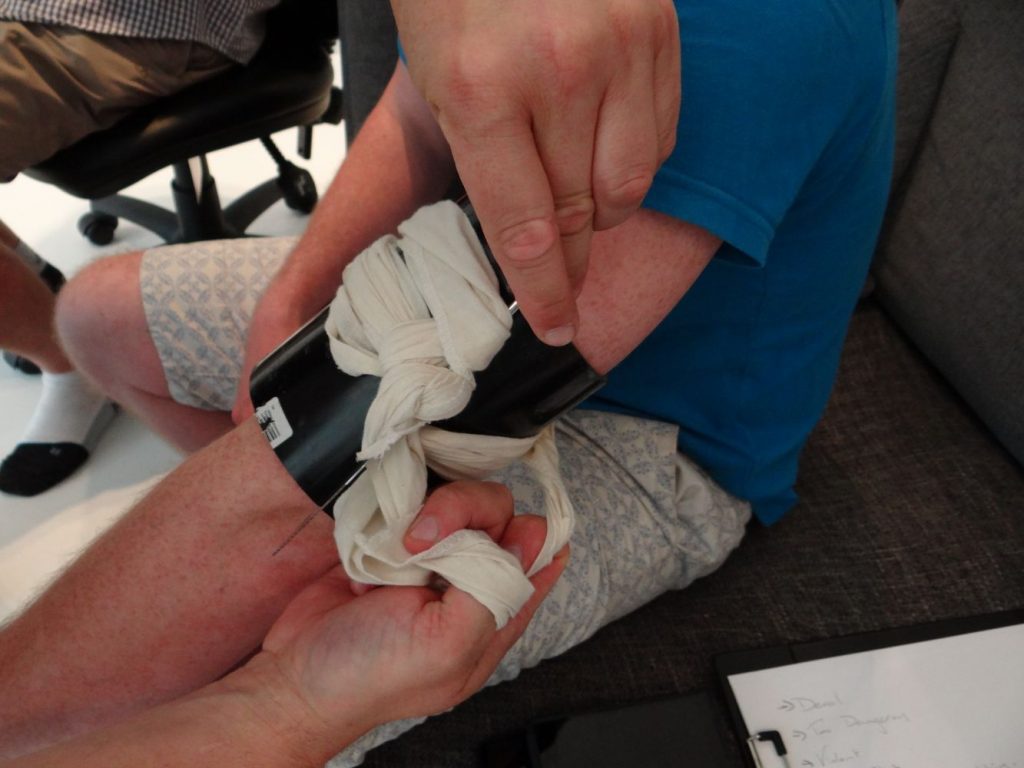
The Truth About Tourniquets When And How To Use A Tourniquet

Arterial Bleeding High Res Stock Images Shutterstock

Emergencies And First Aid Direct Pressure To Stop Bleeding Harvard Health

Intraurethral Arterial Bleeding Download Scientific Diagram

St John Guide To First Aid For Bleeding

3 Types Of Bleeding And How To Control Them Green Guard

Intraurethral Arterial Bleeding Download Scientific Diagram

Every Second Counts Red Cross Tourniquet

Artery Bleed Youtube

Bleeding Control Arterial Bleeding Youtube
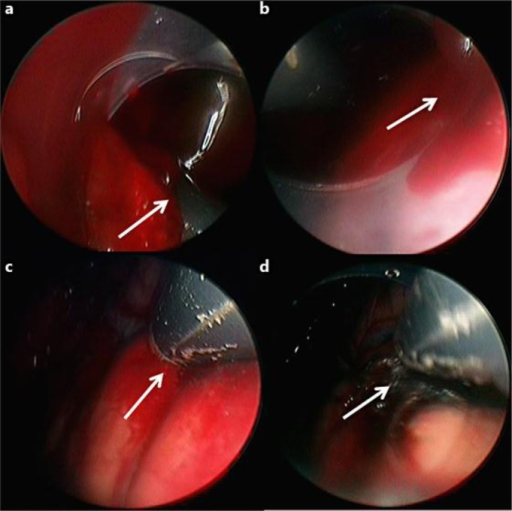
Intraoperative Images A Asdh Is Aspirated With A Sucti Open I

St John Guide To First Aid For Bleeding

Photos Real First Aid

Double Balloon Enteroscopy Jet Arterial Bleeding Without An Underlying Download Scientific Diagram

Amicus Illustration Of Amicus Animation Artery Bleeding Blood Spurting

Controlling Arterial Bleeding And Use Of Combat Trauma Bandages Preparedmind101 Youtube
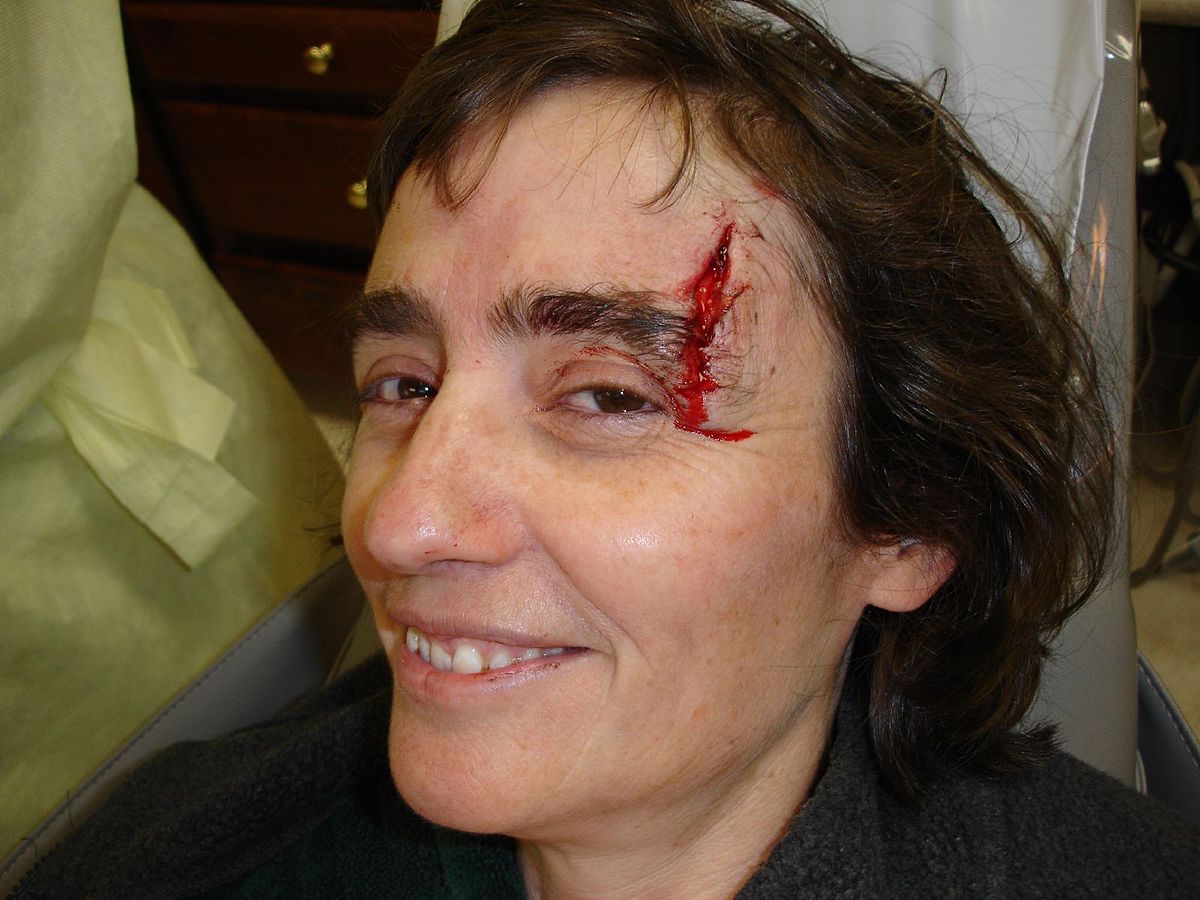
Emergency Bleeding Control Wikipedia

Woundclot Advanced Bleeding Control Femoral Artery Transection Pre Clinical Study Youtube

Laparoscopic Cholecystectomy Arterial Bleeding Can Be Seen Arrow Download Scientific Diagram
/Bleeding011_400x300-56a2f3ec5f9b58b7d0cfda04.jpg)
How To Stop Bleeding In An Emergency
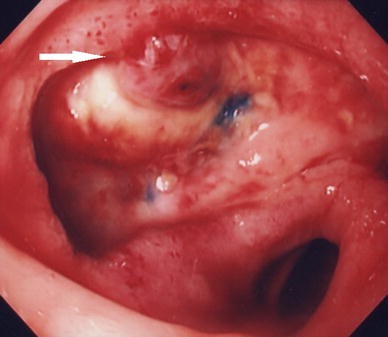
Extravascular Submucosal Coil Migration After Transcatheter Arterial Embolization For A Massively Bleeding Duodenal Ulcer Springerlink

Posterior Nosebleed Causes And How To Stop Them

Bleeding After Childbirth
Q Tbn And9gcsab94sm5y56opzmxdzlmu3piddc Wpgcxusl0ohyodkutyboxy Usqp Cau
1

Stop Bleeding By Pinching These Universal Pressure Points First Aid Pressure Points Hemorrhage Nursing

Bleeding And Shock Chapter Ppt Download

What Are The Three Types Of Bleeding First Aid For Free
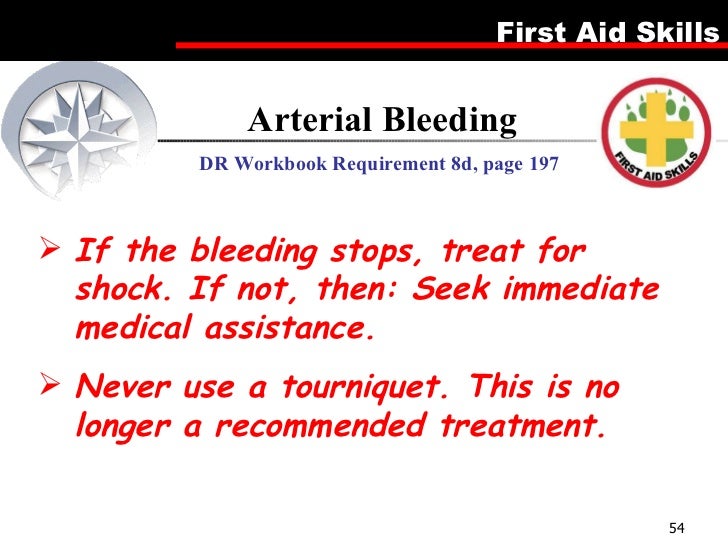
First Aid Skills Revised Jun06

Endoscopic Images A A Large Arterial Bleeding Point Arrow Just Download Scientific Diagram

Do You Know The 3 Different Types Of Bleeding And How To Control Them Green Guard

Field Management Fo Severe Arterial Bleeding

Extreme Case Of An Abdominal Wound Dehiscence With Possible Arterial Bleeding Most Likely Nsfl Medicalgore
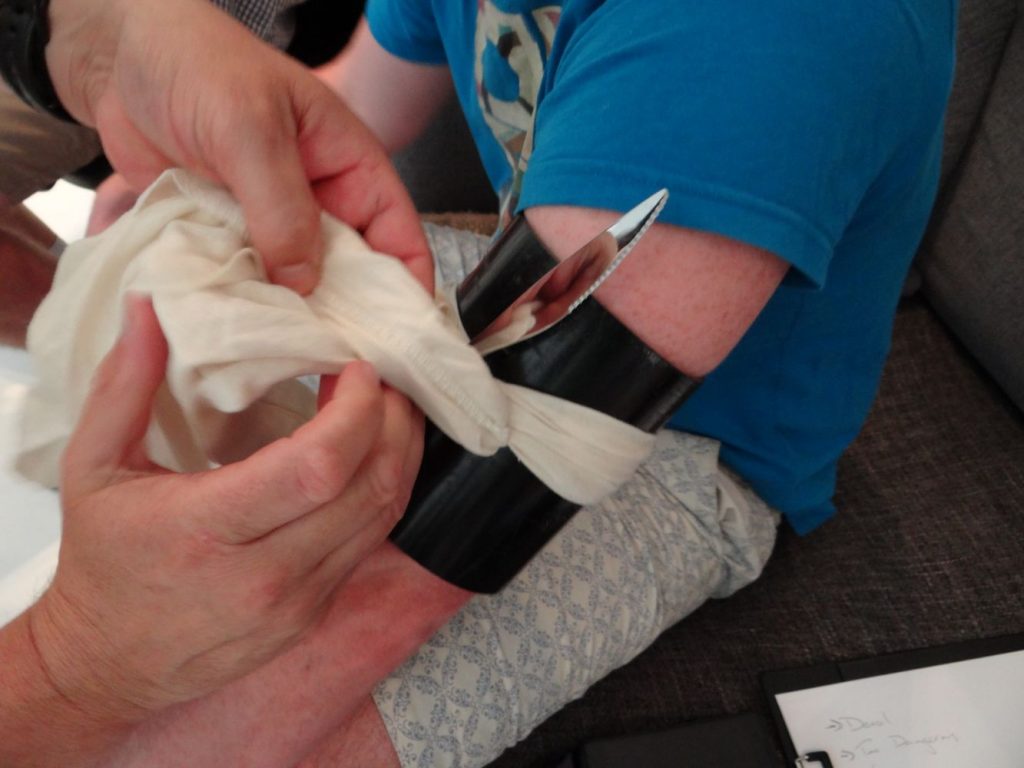
The Truth About Tourniquets When And How To Use A Tourniquet



